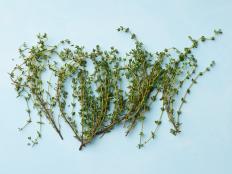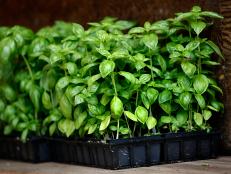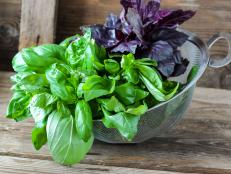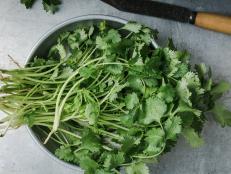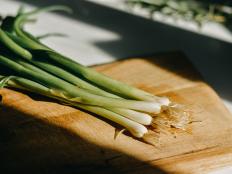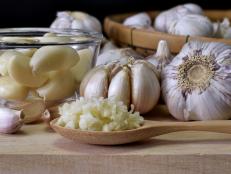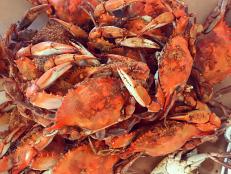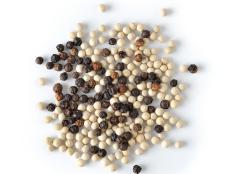Cilantro vs Parsley: What’s the Difference?
And how to use these green, leafy herbs.
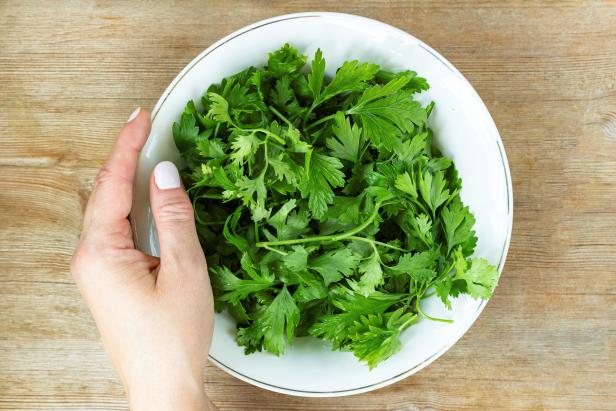
Евгения Матвеец/Getty Images
By Layla Khoury-Hanold for Food Network Kitchen
Layla Khoury-Hanold is a contributor at Food Network.
At first glance, cilantro and parsley look nearly identical, but their flavor profiles and cooking applications are very different. Here, we break down the differences between these two herbs and how to use each in your kitchen.
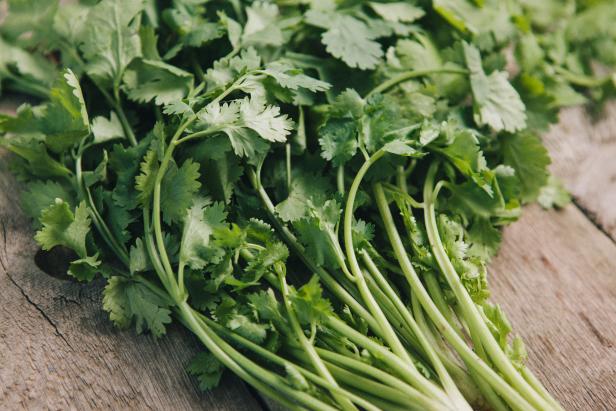
Halfdark/Getty Images
What Is Cilantro?
Cilantro is a leafy green herb that comes from the coriandrum sativum plant. Cilantro has a sharp, tangy, almost citrus-like flavor and a strong aroma. Cilantro is used in many Asian, South American and Central American cuisines as a garnish and in sauces and salads.
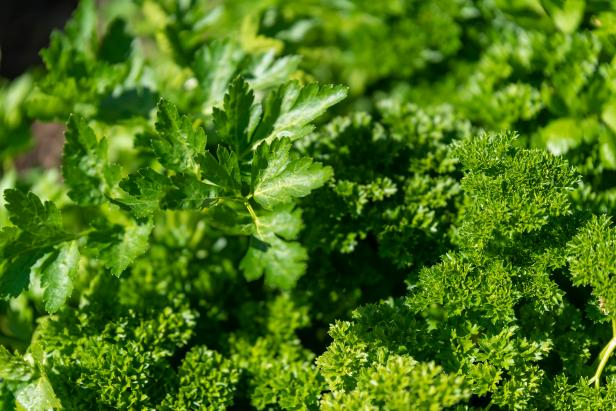
Alphotographic/Getty Images
What Is Parsley?
Parsley is a leafy green plant and herb from the apiaceae family. Parsley has a bright, grassy flavor and is used as a garnish and in dressings, salads and sauces. Parsley stems are also flavorful and are included in a standard bouquet garni, while chopped parsley is included as a base in many fine herb blends.
There are two widely available types of parsley:
Curly parsley: has small, curly leaves, a bright green color and clean, tangy flavor.
Italian or flat-leaf parsley: has flat leaves, a darker green hue and a more assertive, bitter-tinged flavor.
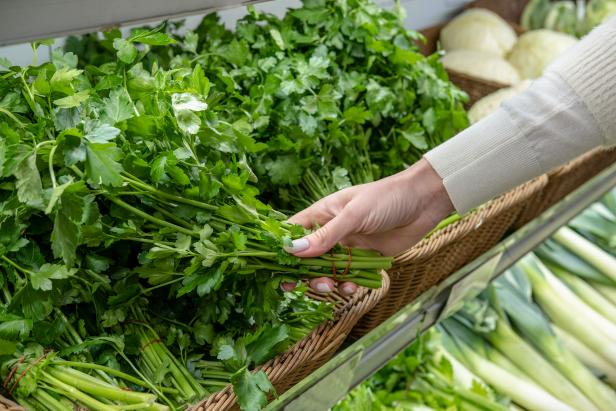
Elena Noviello/Getty Images
Cilantro vs Parsley: What’s the Difference?
Cilantro and parsley are both flavorful, leafy green herbs that can be used as a garnish. Here are the differences between cilantro and parsley:
Appearance: Cilantro leaves tend to be thinner and have slightly rounded, jagged serrations, whereas parsley’s leaves are pointed at the ends.
Smell: Cilantro has a distinct and robust citrusy smell (some describe it as soap-like) that sets it apart from parsley’s grassy, herbal aroma.
Flavor: Cilantro is tangy whereas parsley is bright and grassy and can have slightly bitter or peppery notes.
Uses: Cilantro is more delicate than parsley and doesn’t stand up to heat as well. Parsley can hold up to being pureed, roasted and chopped, and the stems can be added to slow-simmering stocks and soups.
Related Links:























